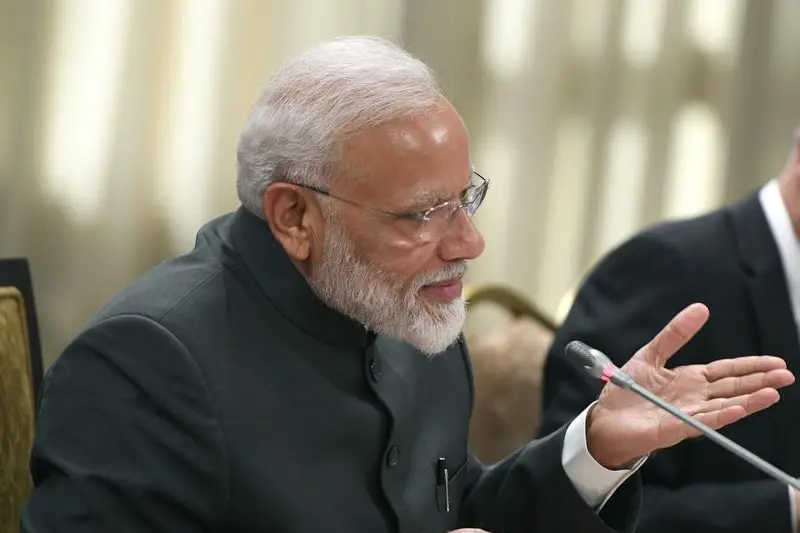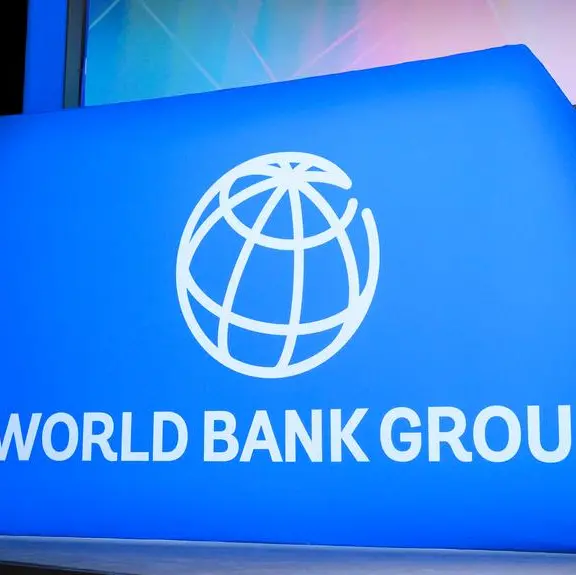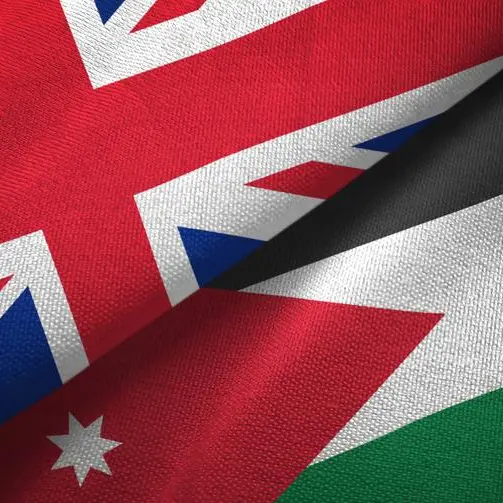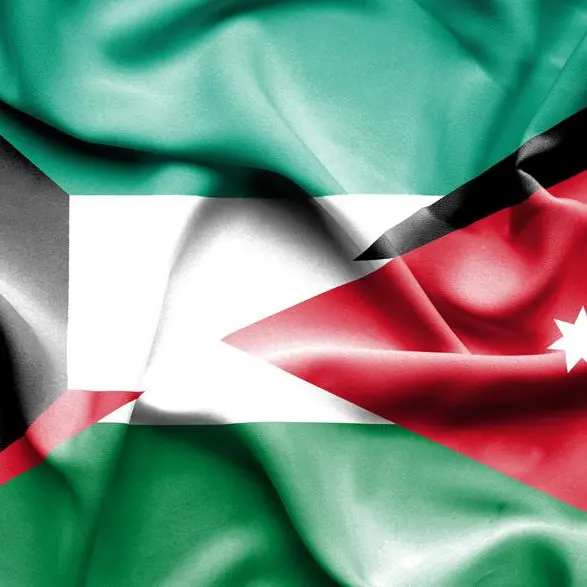PHOTO
MUMBAI - India’s bad debt is ripe for investors at last. The country’s first comprehensive bankruptcy code was passed over three years ago as one of Prime Minister Narendra Modi’s top reforms. Despite some high-profile bumps, it is now delivering faster and more substantial recoveries for creditors. That’s promising for foreign funds like Apollo Global Management, J.C. Flowers, and Oaktree Capital, waiting to tap a $200 billion opportunity.
The new rules, modelled on the UK framework, replaced a proliferation of schemes. Under old laws, creditors clawed back an average of barely 25 cents on the dollar, in cases that would take years; the aim was to keep companies alive. The new blueprint gave more stakeholders a claim and tightened timelines, even if the latter has remained elusive in practice.
About a third of 1,800 ongoing cases have taken longer than the maximum 270 days allotted as of March, according to the Insolvency and Bankruptcy Board of India. Essar Steel has dragged on for more than 600 days. The Ruia brothers, its previous owners, have resisted buyer ArcelorMittal, the world’s largest steelmaker, and have repeatedly tested the law with efforts to retain control.
That case should get resolved following amendments to the Insolvency and Bankruptcy Code approved on Wednesday, which support seniority for secured creditors, require cases to wrap up within 330 days including litigation, and make resolution decisions binding for all government authorities. The country’s top court has already been upholding the spirit of the law, but the changes will speed things up further.
There was progress even before the latest revisions. Resolution plans have been agreed for half of the “dirty dozen” biggest accounts, forced into the system with outstanding claims worth 3.45 trillion rupees, or about $50 billion. Excluding Essar, the average recovery for financial creditors has added up to 40% of claims.
Authorities are now working to fix other snags, appointing extra judges, and considering the introduction of pre-packaged administration, another feature of the UK code which allows companies to find buyers before declaring insolvency. Meanwhile, the code’s mere existence is prompting owners and lenders to take action sooner. For lenders choked for capital and distressed-debt investors flush with cash, that is good news.
CONTEXT NEWS
- India’s cabinet on July 17 approved several amendments to its insolvency framework to target faster resolution for creditors.
- Cases must now be concluded within a maximum of 330 days including all litigation and legal disputes, up from a previous limit of 270 days. The revisions to the law also clarifies the rights of various creditors and makes the outcome of insolvency resolutions binding on central and state governments and local authorities.
- The Insolvency and Bankruptcy Code was passed in 2016.
(Editing by Clara Ferreira Marques and Katrina Hamlin)
© Reuters News 2019












